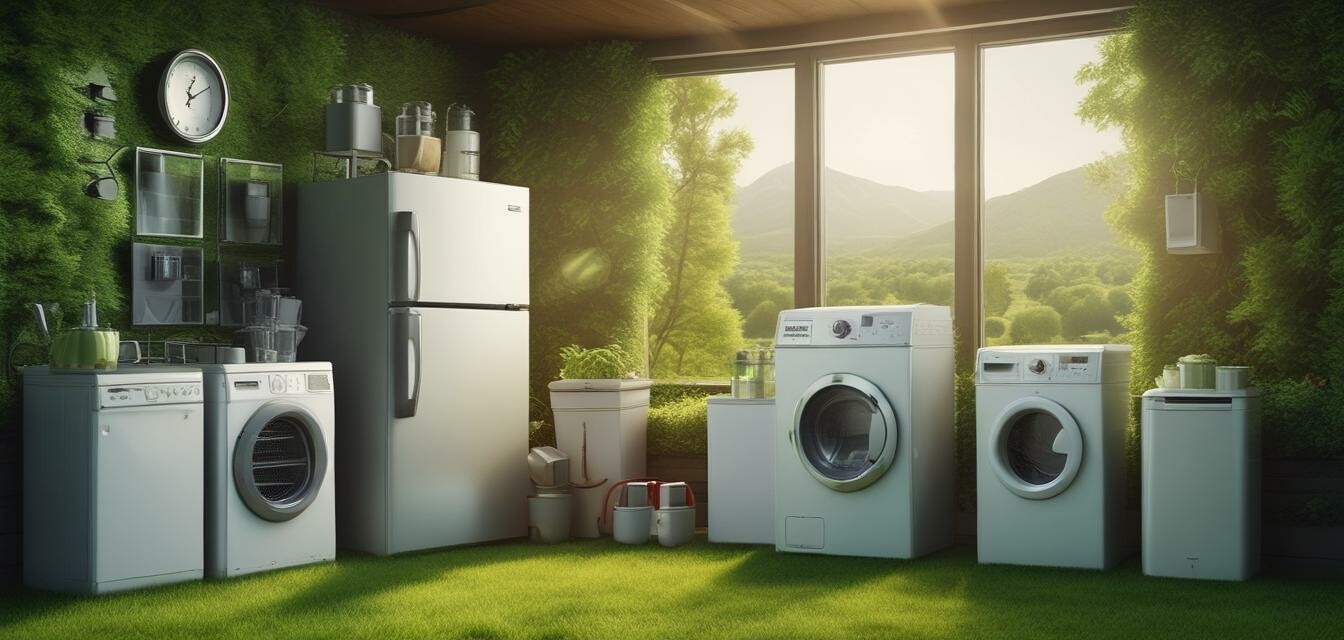
Global trends in energy efficiency for 2025
Key Takeaways
- Energy efficiency is gaining global priority, significantly impacting appliance design and technology.
- Emerging trends focus on sustainability, smart technologies, and consumer awareness.
- Governments are introducing stricter regulations to promote energy-efficient products.
- The market is witnessing innovations that combine efficiency with enhanced performance.
- Staying updated with trends helps consumers make informed decisions for energy savings.
The drive towards energy efficiency is no longer just a trend but a necessity on a global scale. As we approach 2025, various emerging trends in appliances and technologies are reshaping how we think about energy consumption. This article explores these trends and highlights their significance in reducing our carbon footprint while also saving on energy costs.
The global shift towards energy efficiency
In recent years, countries all over the world have recognized the need for energy-efficient solutions. The increase in energy demand and the impact of climate change have prompted both governments and consumers to consider more sustainable options.
Governmental initiatives
Many governments are making energy efficiency a cornerstone of their policies. Here are some initiatives that illustrate this global shift:
- Strict energy consumption regulations for appliances.
- Incentives and rebates for consumers purchasing energy-efficient devices.
- Funding for research and development in green technologies.
- International collaborations to share best practices in energy management.
Emerging trends in energy-efficient appliances
Numerous trends are influencing how appliances are designed and utilized today. Some of these trends include:
| Trend | Description | Impact |
|---|---|---|
| Smart technology | Integration of IoT devices for smarter energy management. | Reduces energy waste and enhances user control. |
| Sustainable materials | Use of recycled and environmentally friendly materials in production. | Promotes the circular economy and reduces landfill waste. |
| Energy labels | Mandatory labeling to disclose energy consumption of appliances. | Increases consumer awareness and drives informed purchasing decisions. |
| Advanced technologies | Implementation of cutting-edge technologies like variable speed compressors. | Improves efficiency without compromising performance. |
Consumer awareness and behavior
An informed consumer is crucial for driving the demand for energy-efficient appliances. Awareness campaigns and educational programs can significantly influence purchasing decisions. Here are some behaviors emerging among consumers:
- Preference for products with high energy ratings.
- Seeking recommendations and reviews on energy-efficient appliances.
- Interest in understanding long-term savings through energy-efficient purchases.
- Engagement in energy-saving practices at home.
Challenges and considerations
While the trend toward energy efficiency holds much promise, several challenges remain:
- Higher initial costs for energy-efficient appliances can deter some consumers.
- Confusion over energy labels and ratings complicates purchasing decisions.
- The rapid pace of technology changes necessitates ongoing education for consumers.
Conclusion
As we head towards 2025, the trends in energy efficiency signify a collective move towards sustainability and responsibility. By understanding these trends, consumers are empowered to make choices that not only benefit their wallets but also contribute to a healthier planet.
Pros
- Long-term savings on energy bills.
- Reduced environmental impact from resource conservation.
- Improved indoor comfort through advanced appliance technology.
- Increased resale value of energy-efficient homes.
Cons
- Initial investment may be higher.
- Potential learning curve for smart appliances.
- Dependence on proper user education and awareness.
Further reading
For more insights and detailed guides on energy-efficient appliances, check out our related articles:
